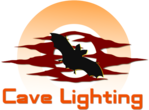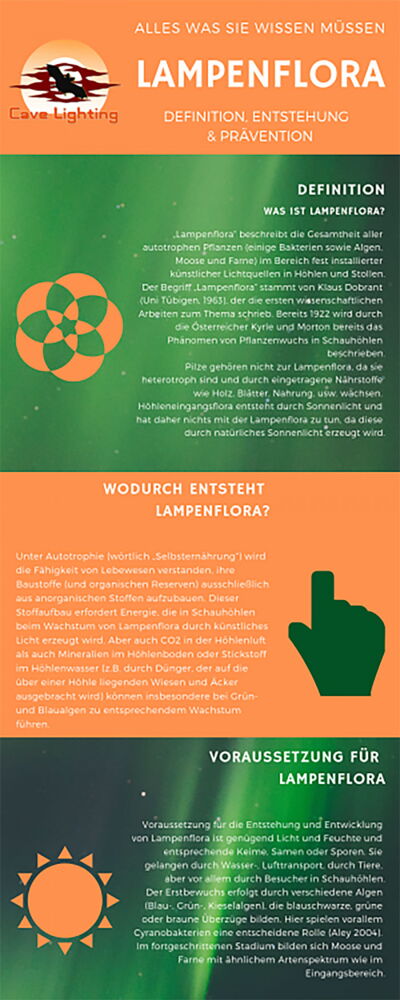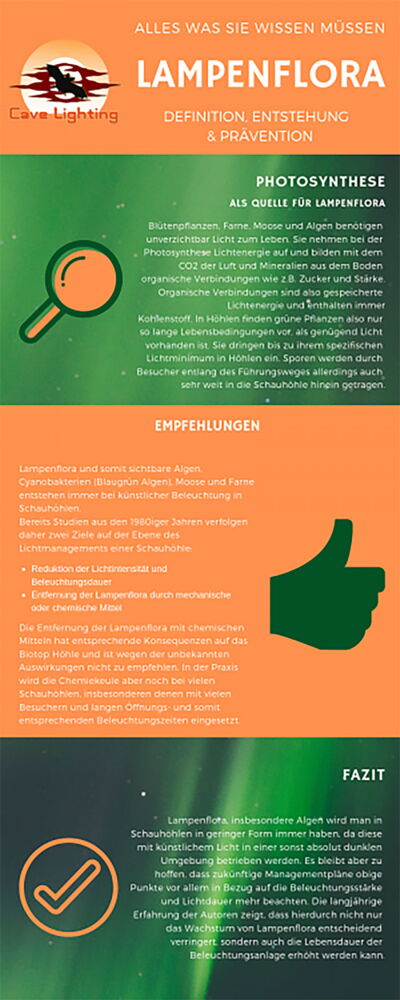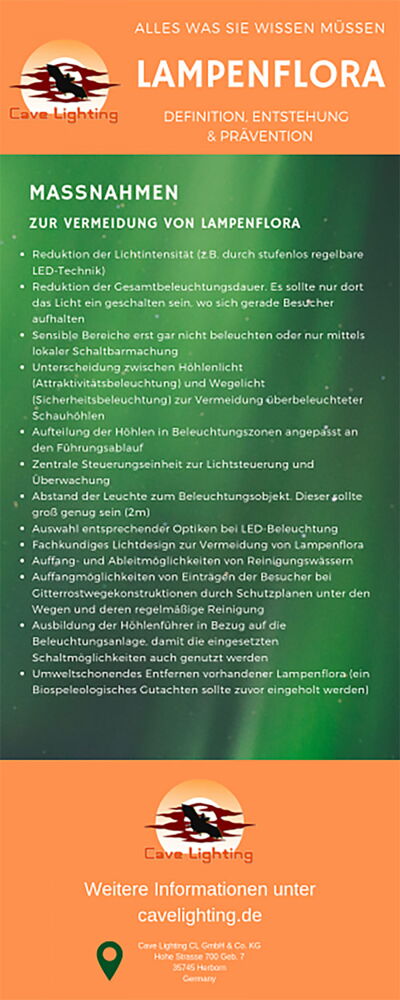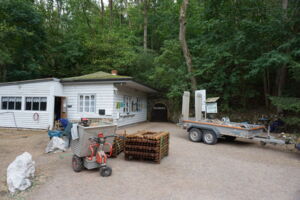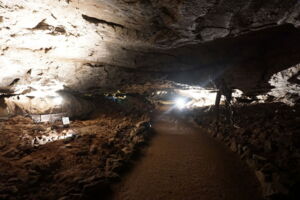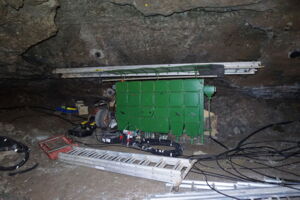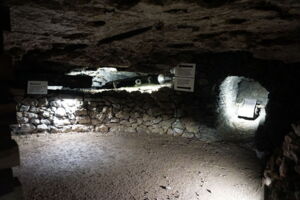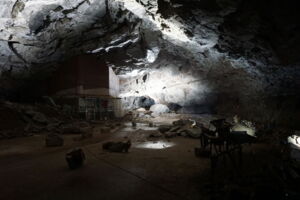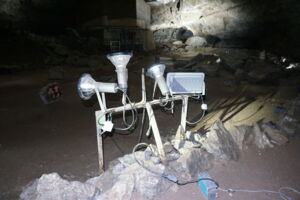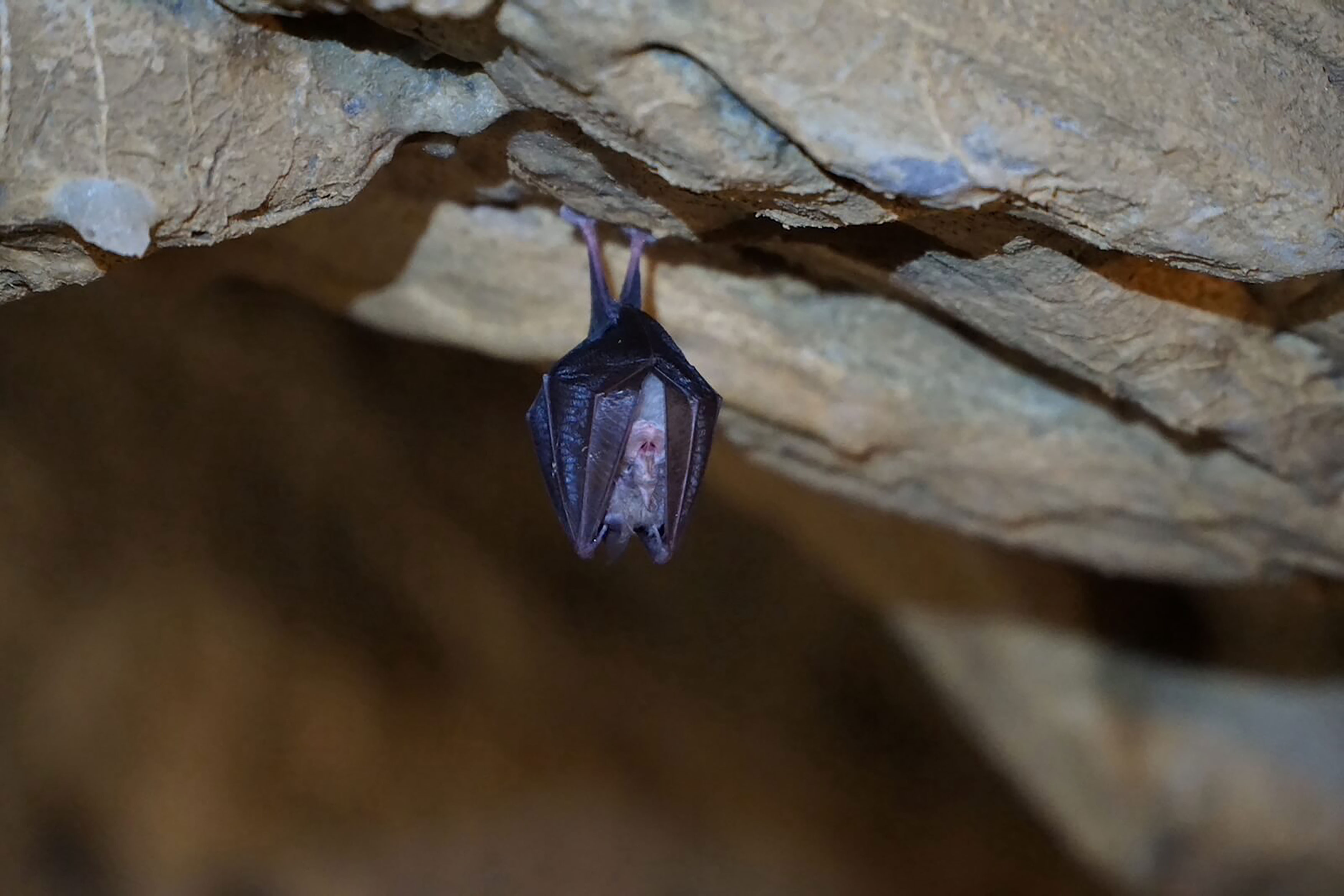
Sustainability / Environment
What are we doing to protect our environment?
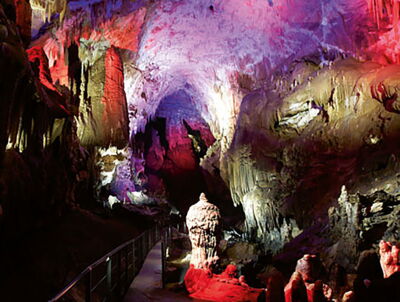
We rely on LED lamps whose energy efficiency has been proven and also offers many other advantages:
- No other luminaire is as energy-efficient, low-maintenance and durable as LEDs made from semiconductors. For up to 70,000 hours, LED lamps produce light and consume up to 80% less energy than traditional incandescent lamps.
- Other factors such as high switching stability, immediate light when switched on, very little UV or IR radiation are also increasingly making LED lamps the illuminant of choice.
- In addition, LEDs open up new possibilities for light-architectural interior design.
- LEDs are smaller than conventional light sources and therefore offer more design freedom. They shine in millions of color variations, are dimmable and can be controlled digitally.
- With LED, the lighting can be changed in seconds as it is desired at the moment. The LEDs not only create ecological lighting, but also provide mood changes such as weather, season and time.
- Our LED lights have low heat generation, which prevents lamp flora in caves.
Everything you need to know about lamp flora - definition, formation and prevention.
As long as there are show caves with artificial lighting, there is also the so-called lamp flora. Unwanted green growth caused by algae, mosses and ferns on illuminated surfaces can nowadays be reduced with modern LED technology, targeted alignment of the luminaires, switching options, regulation of the lighting duration, etc.
While research initially focused on manual or chemical removal of lamp flora and later on determining the color frequencies at which photosynthesis actually occurs, it is now more common to view the show cave as an overall biotope that must be protected.
Ultimately, there are on the market hardly any LED lights, which promote the growth of lamp flora as a whole, because as long as artificial light is introduced into an originally completely dark and rather nutrient-poor habitat, the biotope cave changes and it develops in illuminated places the lamp flora.
We have taken an in-depth look at the topic of “lamp flora” and summarized our findings for you, from the definition to the origins to ways to reduce it and measures to avoid it.
State bat protection and Cave Lighting work hand in hand
After Cave Lighting has equipped important bat roosts in the past, such as the limestone caves near Bad Segeberg, the Devil’s Cave near Steinau an d. Str. or the Sturmann Cave in the Allgäu region with new LED lighting in the show cave area, the company is also working closely with the state bat protection agency on the latest project, the Heimkehle in the Southern Harz Biosphere Reserve.
With the future new LED lighting of the Heimkehle (the largest gypsum show cave in Germany) not only the attractiveness for visitors increases, but it is also sustainably and decisively done something for the bat protection! Where once the old lighting made every corner of the cave appear in too strong a light, the new LED spotlights now skillfully set accents. The sensitive ceiling areas and quarters of the bats remain in the shade. The play of light and shadow, however, also creates the right atmosphere for visitors.
With 2.2 million euros of funding, the state of Saxony-Anhalt alone is financing the restoration and redesign of the cave and the new nature conservation information center. This is a nature conservation grant from the European EAFRD fund. The cave is one of the most important bat roosts in the Harz Mountains.
Bernd Ohlendorf from the Reference Center for Bat Protection in the Southern Harz Biosphere Reserve is sure that the bats will also be very happy with the new lighting. He would like to move forward with the renovation as quickly as possible, but unfortunately part of the money will not flow until 2019, so that the second construction phase can take place next year. Already, however, the state of Thuringia has also bescheidet the funds and thus cleared the way for the redevelopment of the cave areas lying on their side. The cave has been close to Ohlendorf’s heart for years, as it is also an important winter roost for numerous bat species, all of which are strictly protected throughout Europe. Thousands of animals use the Heimkehle as a hibernation site. He is sure: ” We have found a competent partner in the company Cave Lighting in terms of nature conservation and LED lighting!”.
Project manager Oliver Heil and Cristian Nitulуscu, together with a local electrical company, installed a total of about 240 LED lights from August to the end of September for the first project phase up to the state border with Thuringia. Due to bat protection, the second phase of construction will begin next year in April.
The Heimkehle gypsum show cave is thus another positive example of sustainable nature conservation and that ecology and economy do not have to contradict each other, because with the new LED lighting one expects a significantly higher attractiveness and thus more visitors.
Oliver Heil & Alexander Chrapko
